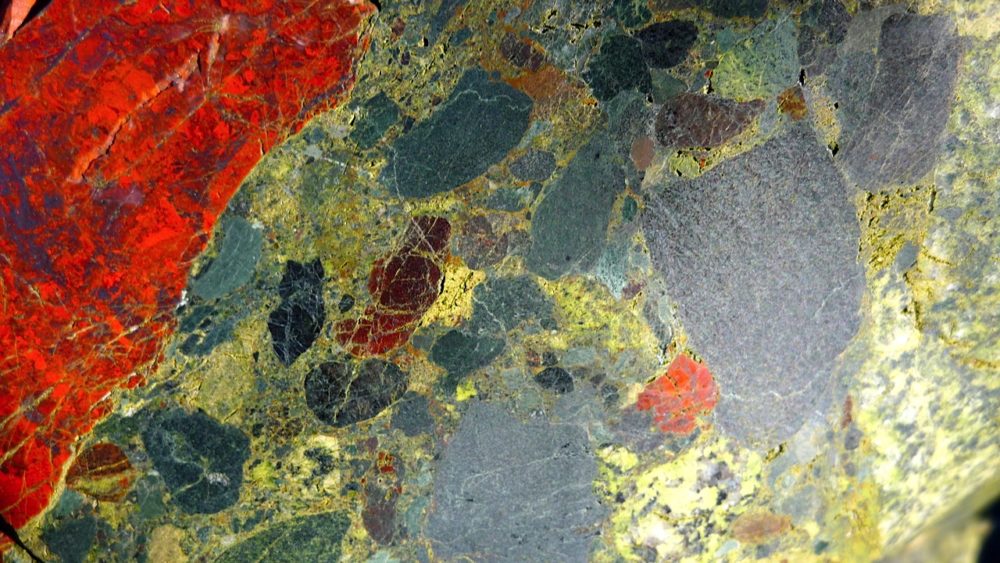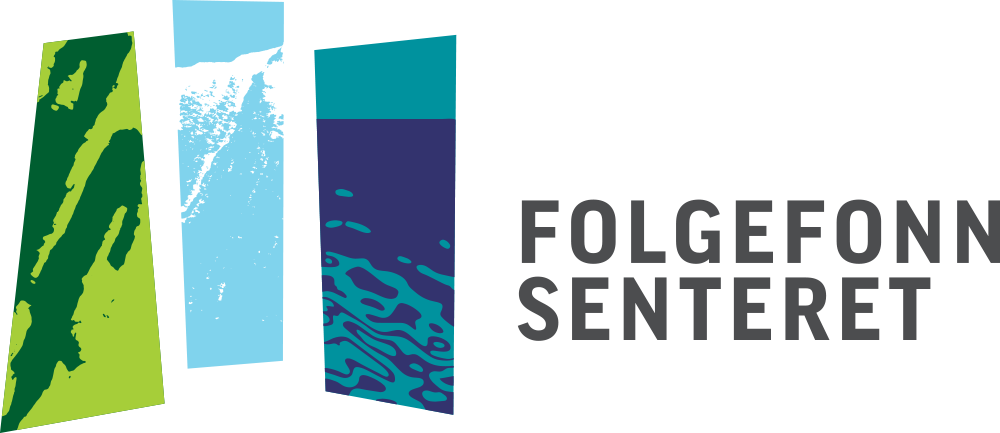Rosendal Stone Park
If you want to scratch beneath the surface and really understand Folgefonna National Park and its surroundings, then you should visit Rosendal Stone Park. It is situated just a 10-minute walk from Rosendal village centre and harbour.
Just as the face of an old man or woman carries signs of the life it has lived, so our Earth carries fascinating signs of its history. We can learn to read landscape and its surface marks, the stratifications and their complex folds where water or ice has sliced and unveiled the layers of time, and of course the bedrock itself. The varied geology of the bedrock has played a decisive role in how the area has been sculpted into the magnificent landscapes we see today.
Earth’s history on a stone wall
Earth’s 4.6 billion year long history is full of incredible dramatic events, from the very beginning of our planet’s history until mankind’s predecessors started walking upright – which from a geological perspective is very recently!
These time spans are so vast that they’re almost incomprehensible. In order to make it easier, we’ve made a 23-meter-long stone wall that tells the history of our Earth.
How old is the bedrock of Folgefonnhalvøya peninsula? How old are the mountains here? When did life on Earth begin? When did plants our Earth turn green? How much time passed before animals and other complex life forms evolved? How were oil and gas deposits formed? Relative to the age of our planet, how long is human history? Where did we come from?
The answer to these and other questions are conveyed by means of this stone wall. Think of it as a time-lapse story that shows key events and geological periods in a more comprehensive perspective.
Both rough and polished
The minerals are placed in a beautiful setting of woodlands and ponds, with towering mountains above. The large stone blocks, gathered from varied sites throughout the region, show a striking variation. Parts of the blocks have been worked, so you can see each mineral in both its rough and its polished state. Included are coronite, the county rock of Hordaland; orbicular gabbro, formed in a cooling magma chamber and one of Norway’s rarest minerals; a 1.3-billion-year-old conglomerate rock, evidence of a beach at what is now 1300 metres above sea level; and polished serpentinite as iridescent as a jewel – altogether more than thirty different minerals.
Stone, stone, stone – in an idyllic setting
You will see crystals and millstones, stepping stones that lead you across beautiful streams, and even picnic tables and benches carved of stone! Rosendal Stone Park will spark the curiosity of young and old, it will inspire questions as well as provide answers.


Information
Contact
Contadt: Øystein Skaala
Phone: +47 476 27878
Email: oystein.skaala@imr.no
Web: www.steinparken.no
Practical info
Open: Always open. Year round.
Admission: free
Guided tours: By appointment
